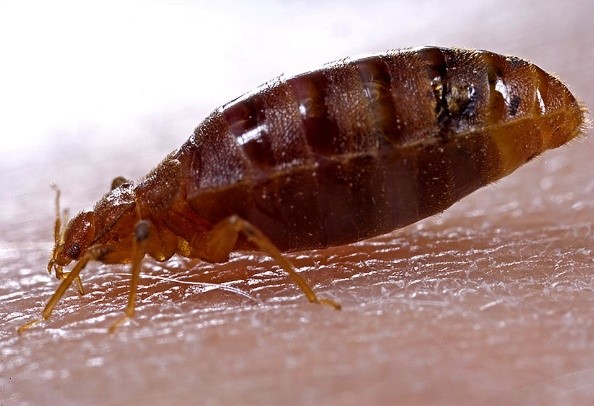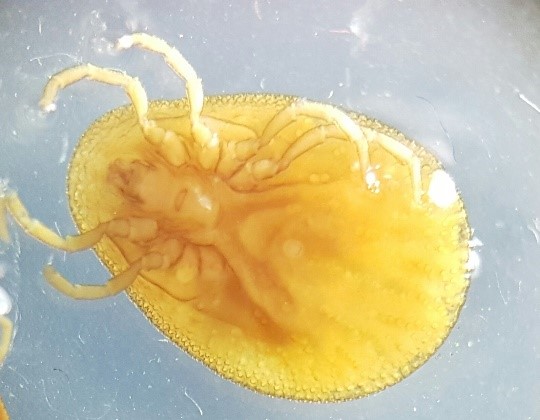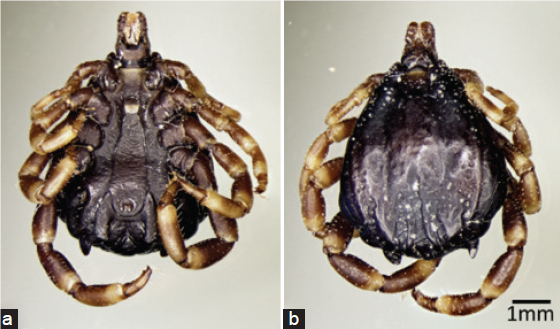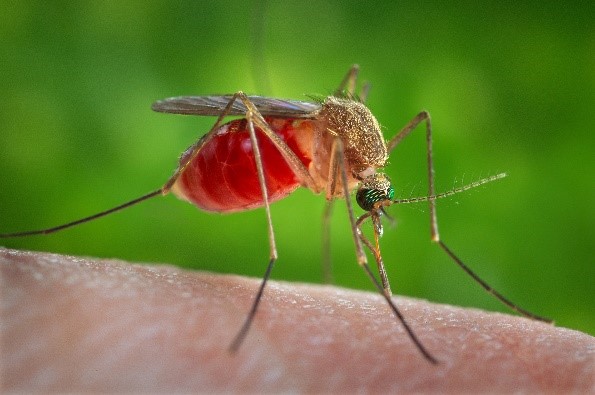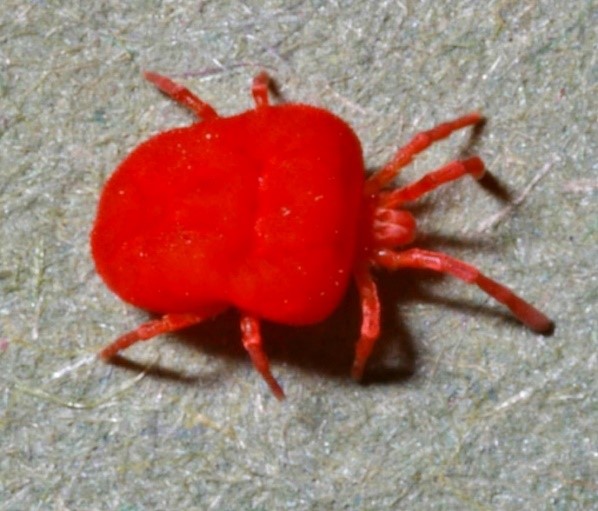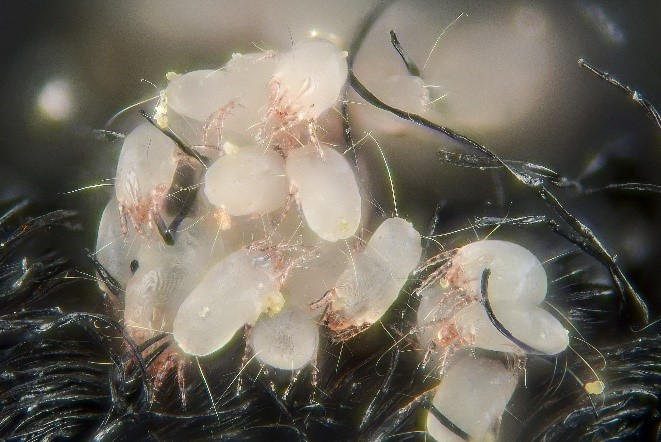Bed Bugs
Introduction Bed bugs are members of the blood-feeding insect groups and are among the most annoying and widespread medical pests in the world, and they are known as a result of their close contact with human life, as they parasitize mammals, including humans. At present, the control of this insect is a challenge for workers in the field of public…

